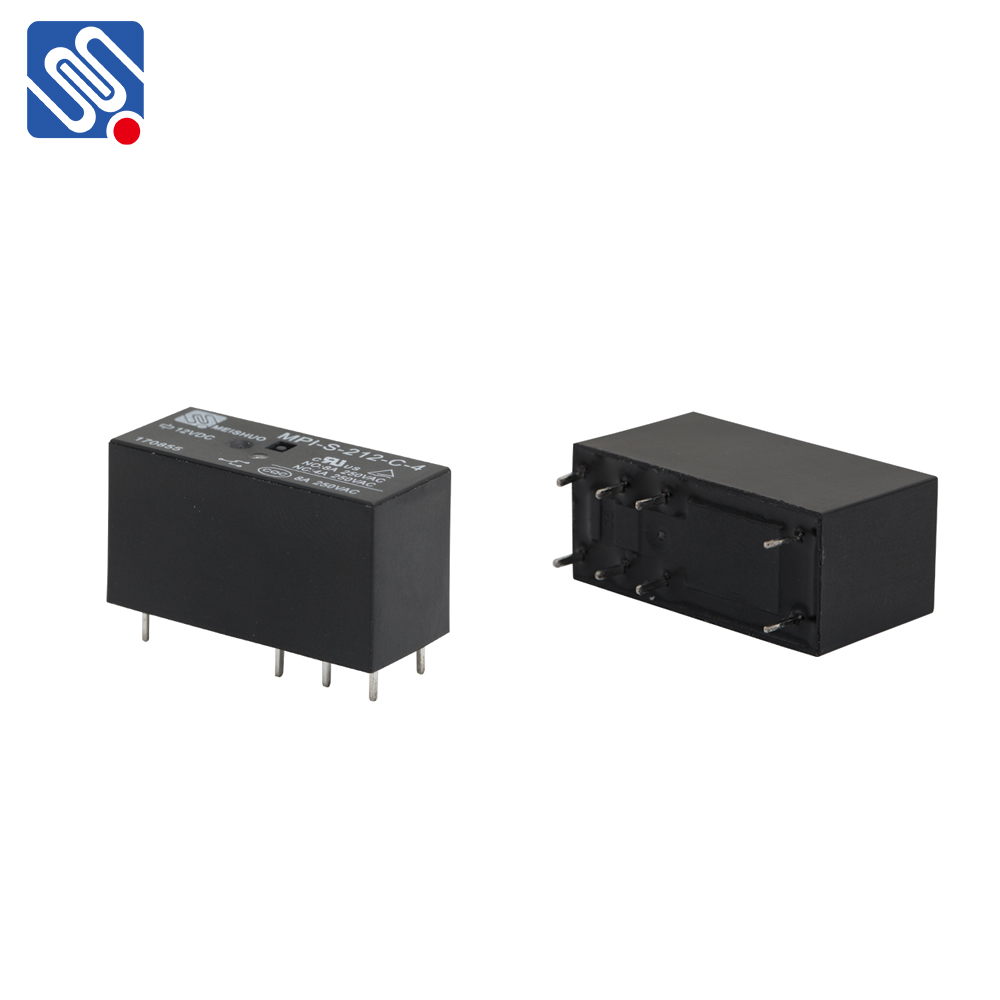understanding relay efficiency: key to optimizing wireless communication and networking
Release time:2025-11-13 01:11:19
Relay efficiency plays a critical role in the performance of both wireless communication systems and network infrastructures. In the context of communication, relay efficiency refers to how effectively data or signals are relayed from one node to another, especially when intermediate relay nodes are used to enhance the transmission. Whether in wireless networks, cellular systems, or distributed computing, relay efficiency is crucial for optimizing the use of resources, reducing delays, and improving overall system performance. This article delves into the concept of relay efficiency, its importance, factors influencing it, and its applications in modern communication systems.

What is Relay Efficiency?
In simple terms, relay efficiency is the measure of how effectively a relay node (an intermediate point in a communication chain) forwards data from the source to the destination. The relay node acts as a facilitator, improving signal strength, extending coverage, or enhancing network throughput by forwarding data packets through various paths. Relay efficiency can be quantified by analyzing the trade-offs between the power consumed by the relay node, the improvements in transmission quality, and the impact on overall network performance.
Why is Relay Efficiency Important?

